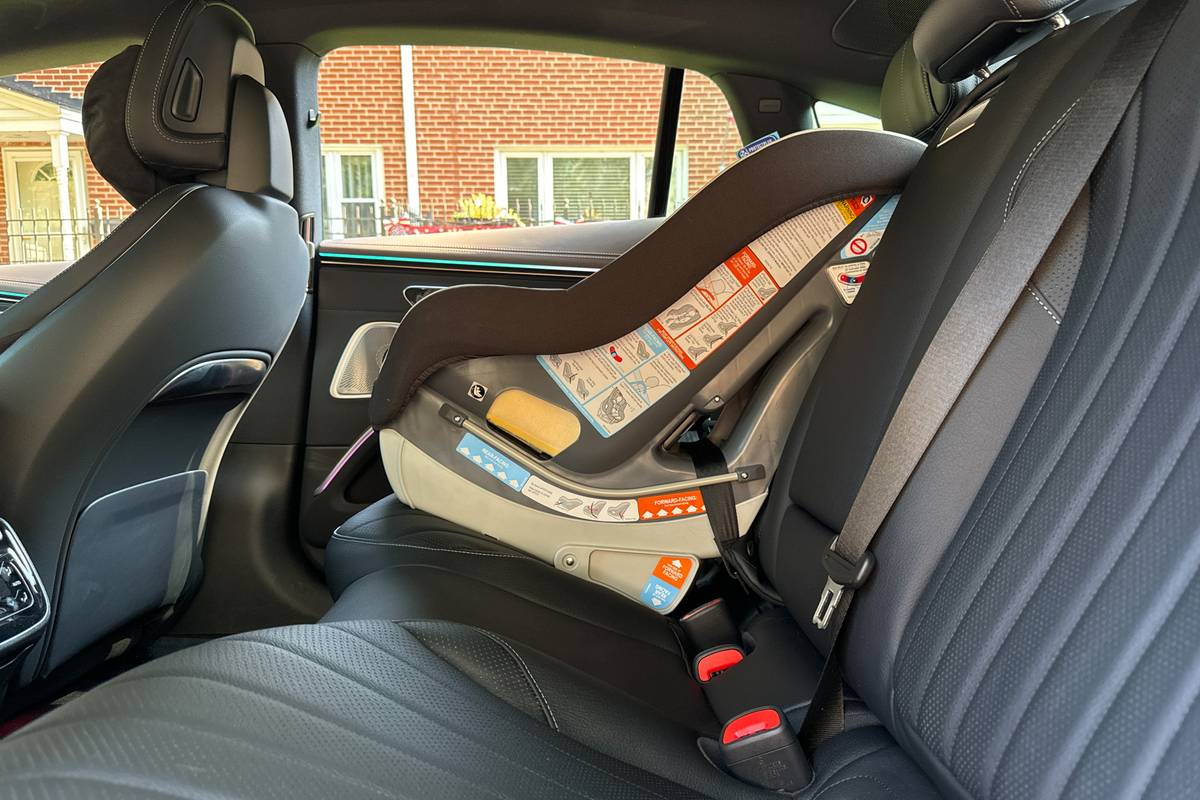Orlando Sentinel's view
The new Audi 100 CS could toss a big, greasy monkey wrench into the smooth-running Asian machinery that has been steering luxury car buyers away from European cars in general and away from Audi in particular.
Although Japanese automakers have been stealing the headlines with such trend-setting cars as the Lexus LS 400 and the Mitsubishi Diamante, the new Audi scores one for Europe.
It’s one of the year’s best imported luxury cars, and it could help put the brakes on Audi’s out-of-control sales skid.
Six years ago Audi sold 74,000 cars in America. Last year the number dropped to about 13,000.
The drop in sales was attributed to intense competition and to the discontinued Audi 5000. The 5000 was the object of numerous complaints by owners who said the car would accelerate for no reason. But the National Highway Transportation Safety Administration cleared the 5000, saying driver error caused the problem.
The new 100 CS has the potential to revive Audi’s sales. It’s a finely designed and built luxury sports sedan that delivers everything you could want in this class of vehicle – and more.
PERFORMANCE
Last year’s old five-cylinder is gone. In its place labors a silky smooth 2.8-liter V-6 that cranks out a civilized 172 horsepower. If you appreciate technical excellence and streamlined packaging, you will marvel at this engine.
There are no pipes, wires, hoses or belts hanging out. You see little else but six beautifully sculpted aluminum intake runners and two black valve covers. The rest of the engine’s moving external parts are shrouded.
The engine is very quiet. Much has been made of the smoothness of the latest Japanese luxury cars, and the Audi is their equal in this area.
The test car came with the optional ($800) four-speed computer-controlled automatic transmission. Acceleration from a stop is smooth, though not particularly quick.
The best performance comes as the engine reaches about 3,500 rpm. From there to about 6,500 rpm, the V-6 has enormous reserves of strength to propel the 3,400-pound sedan past slower traffic. Audi says the 100 CS equipped with an automatic does 0 to 60 mph in 9.9 seconds, while the 100 CS with the standard five-speed manual transmission turns in an 8.8 second 0-to-60 time.
The transmission went about its work nearly imperceptibly, which is exactly what an automatic transmission should do. It has a sport mode and an economy mode that the driver can select by pressing a button next to the shifter. The sport mode delays the shifts in lower gears and allows the engine to develop more power at slower speeds.
The only fault I could find with the entire car involves the shifter and the automatic shift lock. To get moving, the driver must firmly press the brake pedal and then move the shifter from park into gear. But the entire shift lever must be pressed down slightly to enable it to move from park.
The shifter was difficu lt to use and was a constant nuisance. Never once did I smoothly shift from park without wrestling with the shifter. Allowing the driver to press a button on top of the shifter instead of pressing the shifter itself would easily cure this problem.
HANDLING
If you’ve ever driven in a German sedan, you’ve probably noticed its Rock of Gibraltar sturdiness.
That may be the Audi’s most endearing trait. The car conveys a solid, built-to-last feeling so rarely found in cars. If properly maintained, the 100 CS should easily sail past 100,000 miles.
The suspension system is firm, but it has the capability to absorb most minor irritations in the road without telegraphing much of the disturbance to the interior. It takes something like a large speed bump to cause a noticeable shudder. The suspension system consists of MacPherson struts up front and a torsion-beam axle in the rear. This gives the Audi handling that is equal to its competition, cars such as the BMW 525i, Alfa Romeo164S and Volvo 960.
Steering is a speed-sensitive power rack an d pinion affair that changes with the speed of the car. It’s easier to steer at slow speeds. When cruising the steering feels quite heavy, but the response is crisp. A lane change is effortless. Rolling through a tight curve at 40 mph is no strain.
The anti-lock four-wheel disc brakes are powerful. I tested them on a slick road and brought the car to straight, trouble-free stop.
Roadnoise is well-isolated on poor pavement.
Overall, the Audi 100 CS is as comfortable and well-mannered on long highway cruises as it is on winding roads.
FIT AND FINISH
Audi engineers have created one of their best interiors.
The switches and controls are well-lighted and easy to use, and they don’t require the driver to take his or her eyes off the road for more than a second or two.
Last year Audi used a gruesome-looking wood called Zebrano on the dash and door panels. This year the Zebrano has been replaced with a high-gloss elm that radiates understated elegance. The leather seats are large, comfortable and supportive, and they can be adjusted to suit nearly any body.
The driver’s seat is equipped with a four-position memory that configures itself at the press of a button. If there is a negative here, it’s that the huge headrests partly block rear vision.
At first glance the 100 CS looks like a small car, but that’s deceiving. It has ample room inside for four passengers. The pearle scent white paint was smoothly applied; the build quality was faultless, and the look and feel of the materials first-rate.
The luxury car market is tough these days and likely to get tougher. That’s why it makes sense to look at what perks the manufacturer is willing to throw in to sweeten the deal. Audi has taken the lead here.
The Audi Advantage – detailed in a small book that comes with the car – is a three-year, 50,000-mile protection plan that covers nearly every imaginable contingency. Towing, ambulance, transportation and hotels are some of the items offered.
Audi has given the 100 CS conservative and pleasing styling and an excellent pedigree.
Latest news



